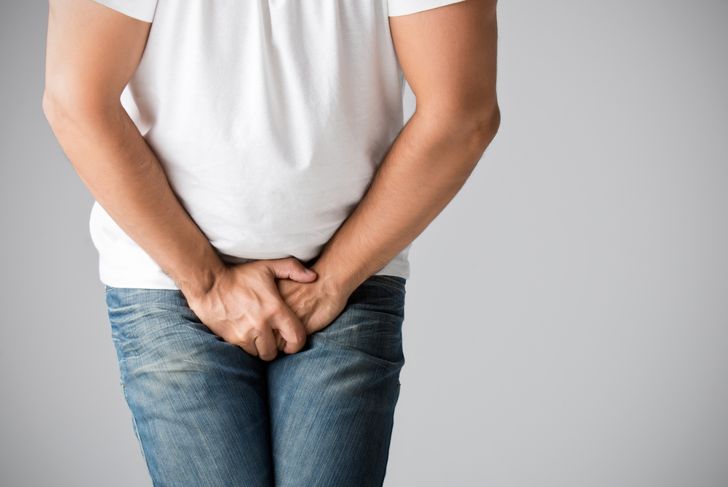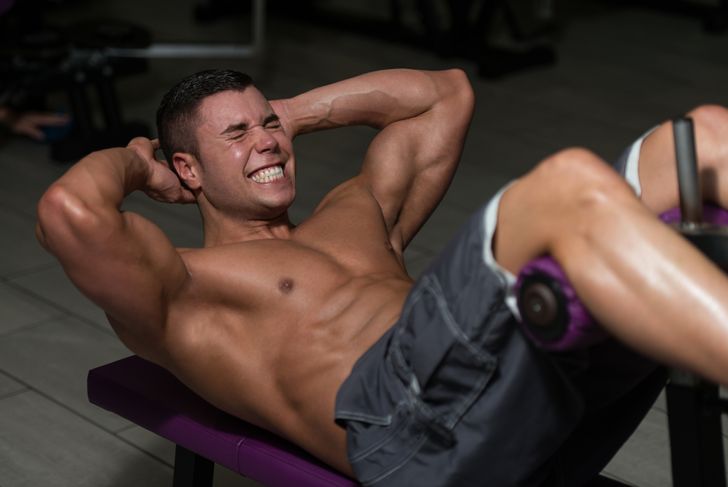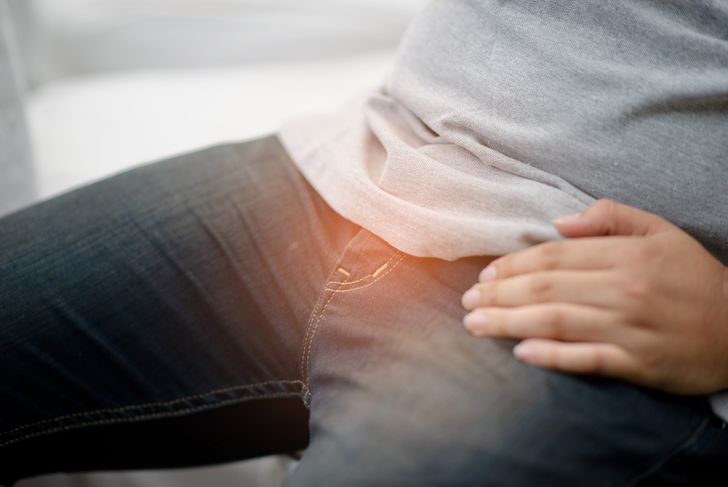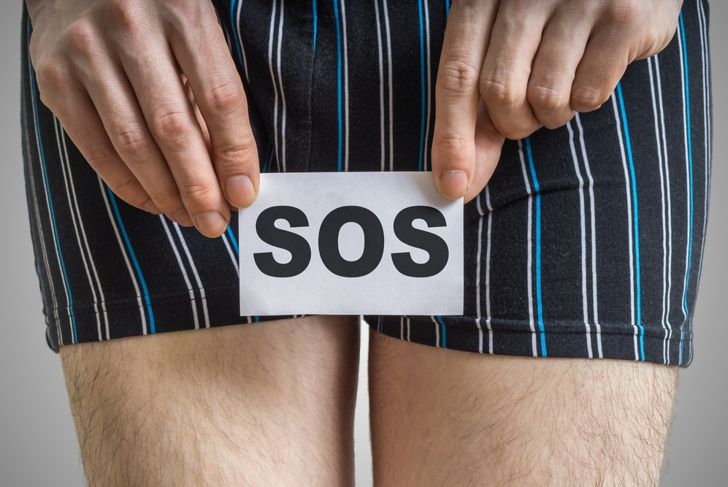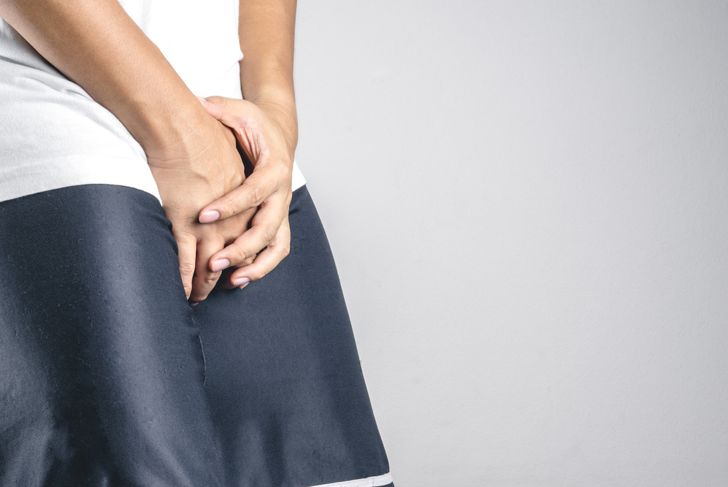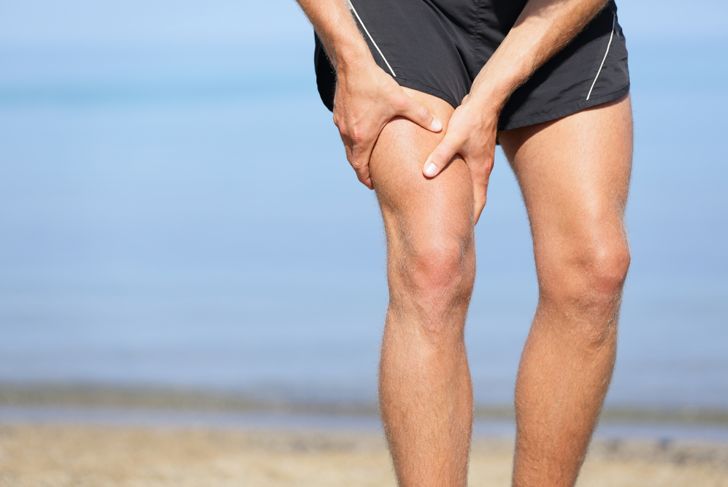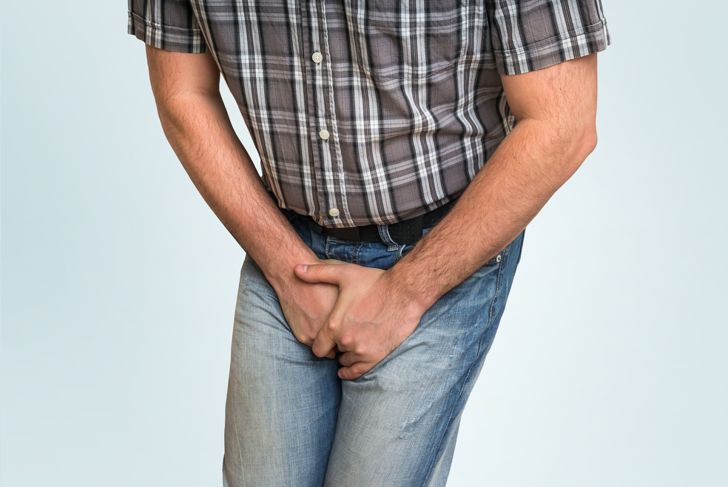A Sports hernia is also known as athletic pubalgia is a common injury incurred by athletes. Sports that involve repetitive energetic twisting turning and leg movements are the main culprits. Extreme strain exerted on the muscles of the lower abdomen results in the weakening or tear of these muscles which leads to groin based pain called the sports hernia. In most hernia cases, this results in the bulging of one side of the groin, but this isn’t the case in a sports hernia since there isn’t a complete tear to allow pressure from the small intestines to cause the bulge. Many of the symptoms that indicate sports hernia are pain related and need medical attention for accurate diagnosis. It may take years before a proper diagnosis is arrived at due to the similarities with other groin injuries. Many athletes suffer from a sports hernia, so you are not alone in this.
Pain in the groin area during activity
Sharp pain in your groin area in the main indicative symptom. The tear or lesion that has formed on your groin radiates so much pain that is often not as much as a chronic hernia. This will mainly occur during intense physical activities. If the pain relapses during simple activities such as getting out of your car or just planting your foot firmly on the ground. It causes immense pain then you should consider your options. It is advised that one rests and avoids intense physical activity that might cause irritation to the groin area. This is to prevent further abrasion causing long-term, chronic hernia.
Pain when doing sit ups
If you need your daily dose of basic exercise; a couple of push-ups, chin ups and sit ups, and you struggle with the latter. Since sit ups strain the lower abdominal muscles and that is what has been precisely damaged, you may experience sharp and extreme levels of pain depending on how intense the injury was. The pain often lasts much longer than anticipated. The best way to deal with this is to avoid abdominal sit ups and look for alternatives to the workout. Single arm weighted carries, and side planks are great replacements.
Pain in your lower abdomen and or testicles
There’s nothing more soul-crushing than painful testicles, and this could be a sign of sports hernia if coupled with abdominal pain. This could be felt even during lighter activities such as walking or slight strain to the groin area such as walking up a flight of stairs. There are no real solutions to such pain apart from pharmaceutical options such as painkillers to try and elevate the pain. Ice packs could help reduce the pain with the drugs being the last option before seeking a medical opinion.
Pain when you sneeze and cough
When excruciating pain follows sneezing, then this is a possible sign that your groin pain is a hernia. This is just one of those bothersome symptoms, and little can be done to deal with it. Sneezes and coughs are often symptoms of other health concerns such as a cold. Dealing with such issues could help reduce chances of experiencing pain when least necessary.
Long-term pain
For all those who have been struggling with some pain for months now hoping that it will go away and it hasn’t for some time now, you might have to consider the possibility that you are suffering from a sports hernia. This is a classic symptom and should not be taken lightly. If you ignore the pain, it could lead to a long-term chronic hernia which can completely incapacitate one from engaging in sports ever again. Seeking medical assistance is the best way to go about this. Painkillers and suppressants can only help for a time, but the risks to this can be devastating.
Localized tenderness
If you are intrigued by your injury, you may check out the area the pain is emanating from. If there is tenderness to the area where the pain is originating from, then this may be a sign of a hernia. The tenderness is as a result of the weakening of the muscles making them weaker than usual. This should be confirmed by a medical specialist as some of these symptoms can be deceptive and possibly indicative of other groin-related injuries.
Lack of a bulge in the groin area
The presence of some swelling in the lower abdominal region could indicate that what you have is a tad more serious than a sports hernia. In most cases, this would be a symptom of an inguinal hernia which is pretty much more severe. This means that your guts are squeezing against the weakened area are slightly protruding causing severe sustained pain. If you haven’t noticed a bulge at the point where the pain is emanating from then, you’re suffering from a sports hernia. This is best diagnosed by a medical practitioner as at times what could feel as a swelling could be nothing but your mind playing tricks on you.
Referred Pain to the Upper Thigh
Pain from one area is known to radiate to nearby tissue our organs. This simply means that the pain felt in the upper thigh is radiating from the main source of the pain – the groin area. This is a more specific symptom and may help you better identify sports hernia. Dealing with radiating pain may involve painkillers and suppressants.
‘’Where is it even from?”
Having a definite or proper clue of where the pain is emanating from can be hard if suffering from a sports hernia. The pain is often in a general area but pinpointing the location of the pain is not easy. This can be confusing at times. However, just as it is confusing, it also serves as a clear symptom of a sports hernia. This is often experienced more in women than men even though sports hernias are rare in women. Women account for 8% of sport hernia reports worldwide.
Sports hernias occur over a period of time
There might be some pain in your groin area, and it isn’t as pronounced as mentioned here. This is the thing with sports hernias; they are gradual, slow progressing injuries and are largely preventable. The onset, especially for athletes such as runners, could take months but the symptoms progress from some hint of pain to an inability to participate in sports activities due to the levels of excruciating pain. Moreover as mentioned before, if left untreated, it could lead to an inguinal hernia which is not ideal for any athlete. If you have experienced any of these symptoms, you should seek medical advice on what actions to take to treat the condition.

 Home
Home Health
Health Diet & Nutrition
Diet & Nutrition Living Well
Living Well More
More